Is it possible to do something like:
If CurrentDB.username = “Admin” Then
Reports!RptEmployees!SSN.visible = 0
End If
How do I allow authorized viewers to see the SSN in a form or report, but hide it from others? Do I have to use a separate button that opens a different form/report for authorized viewers, or can it be done within the same form/report? Thanks for you help.


